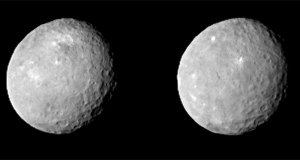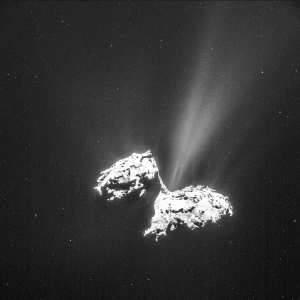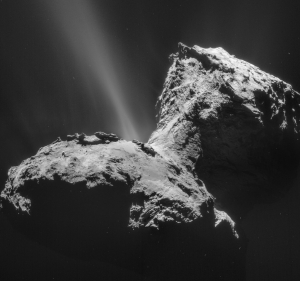X-Prize contestants team-up to create head-to-head lunar race
The competition heats up: Two Google Lunar X-Prize contestants have teamed up to use the same rocket to get to the Moon together, where they will literally race head to head to see who travels the 500 meter distance first to win the prize.
At a press conference in Tokyo on Monday, the leaders of two Lunar X PRIZE teams—Astrobotic and HAKUTO—announced a plan in which the two teams’ robotic rovers will travel to the moon together and touch down on the lunar surface at the same time. They will then race each other to cover the 500 meters required to win the first place prize of $20 million.
John Thornton, head of Pittsburgh-based Astrobotic (a Carnegie Mellon University spin-off), said in a call with reporters that the partnership with HAKUTO (a spin-off from Tokyo University) represented the first step in realizing his team’s goal of turning robotic moon missions into a viable business. That mission won’t stop with this single partnership. He said the team was in talks with more than half of the other 16 GLXP competitors to carry their rovers to the moon, too, in exchange for sharing the cost of getting there and splitting prize money.
If this happens as they propose, we could be watching as many as ten rovers line up for the race.
The competition heats up: Two Google Lunar X-Prize contestants have teamed up to use the same rocket to get to the Moon together, where they will literally race head to head to see who travels the 500 meter distance first to win the prize.
At a press conference in Tokyo on Monday, the leaders of two Lunar X PRIZE teams—Astrobotic and HAKUTO—announced a plan in which the two teams’ robotic rovers will travel to the moon together and touch down on the lunar surface at the same time. They will then race each other to cover the 500 meters required to win the first place prize of $20 million.
John Thornton, head of Pittsburgh-based Astrobotic (a Carnegie Mellon University spin-off), said in a call with reporters that the partnership with HAKUTO (a spin-off from Tokyo University) represented the first step in realizing his team’s goal of turning robotic moon missions into a viable business. That mission won’t stop with this single partnership. He said the team was in talks with more than half of the other 16 GLXP competitors to carry their rovers to the moon, too, in exchange for sharing the cost of getting there and splitting prize money.
If this happens as they propose, we could be watching as many as ten rovers line up for the race.



